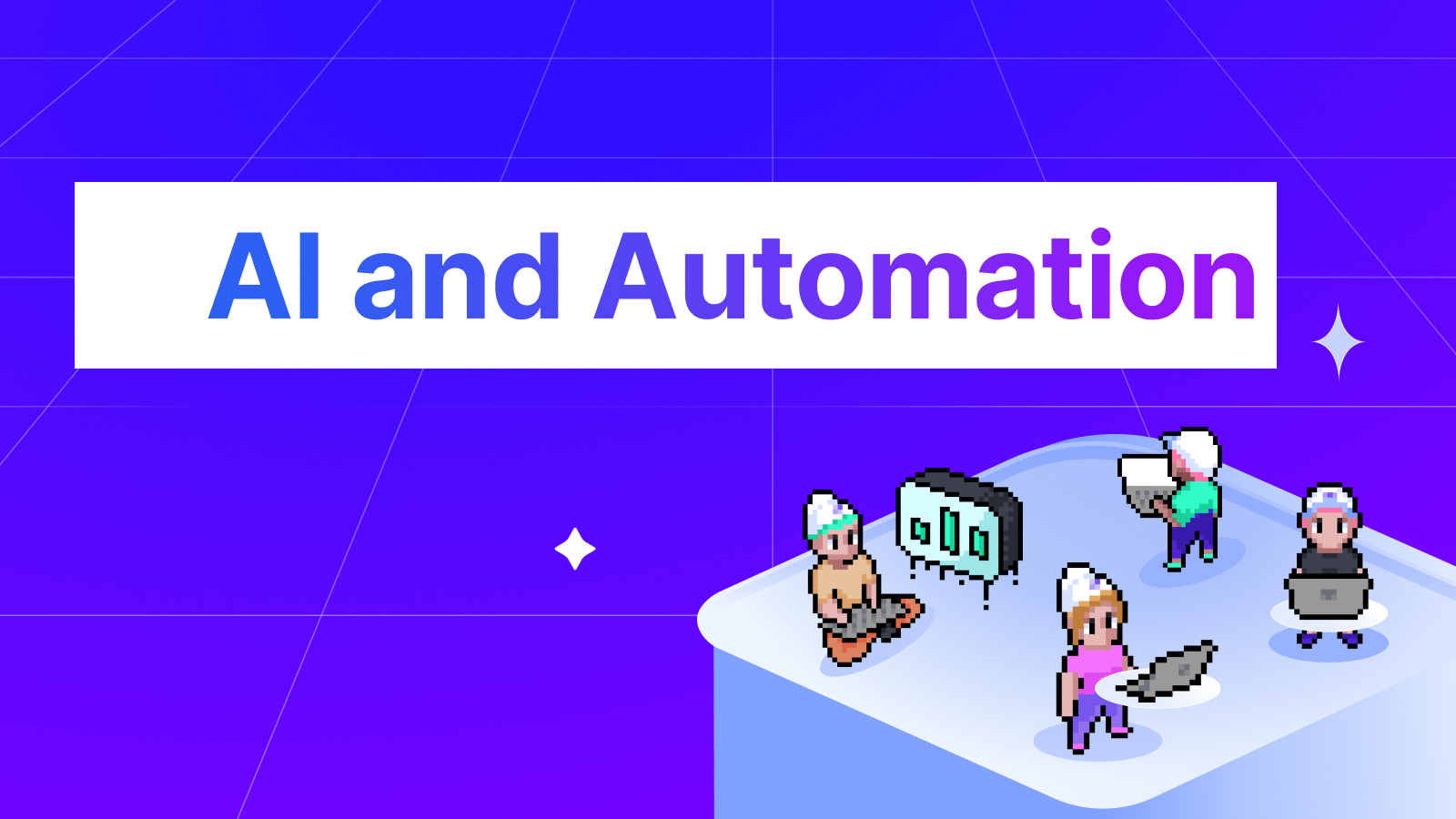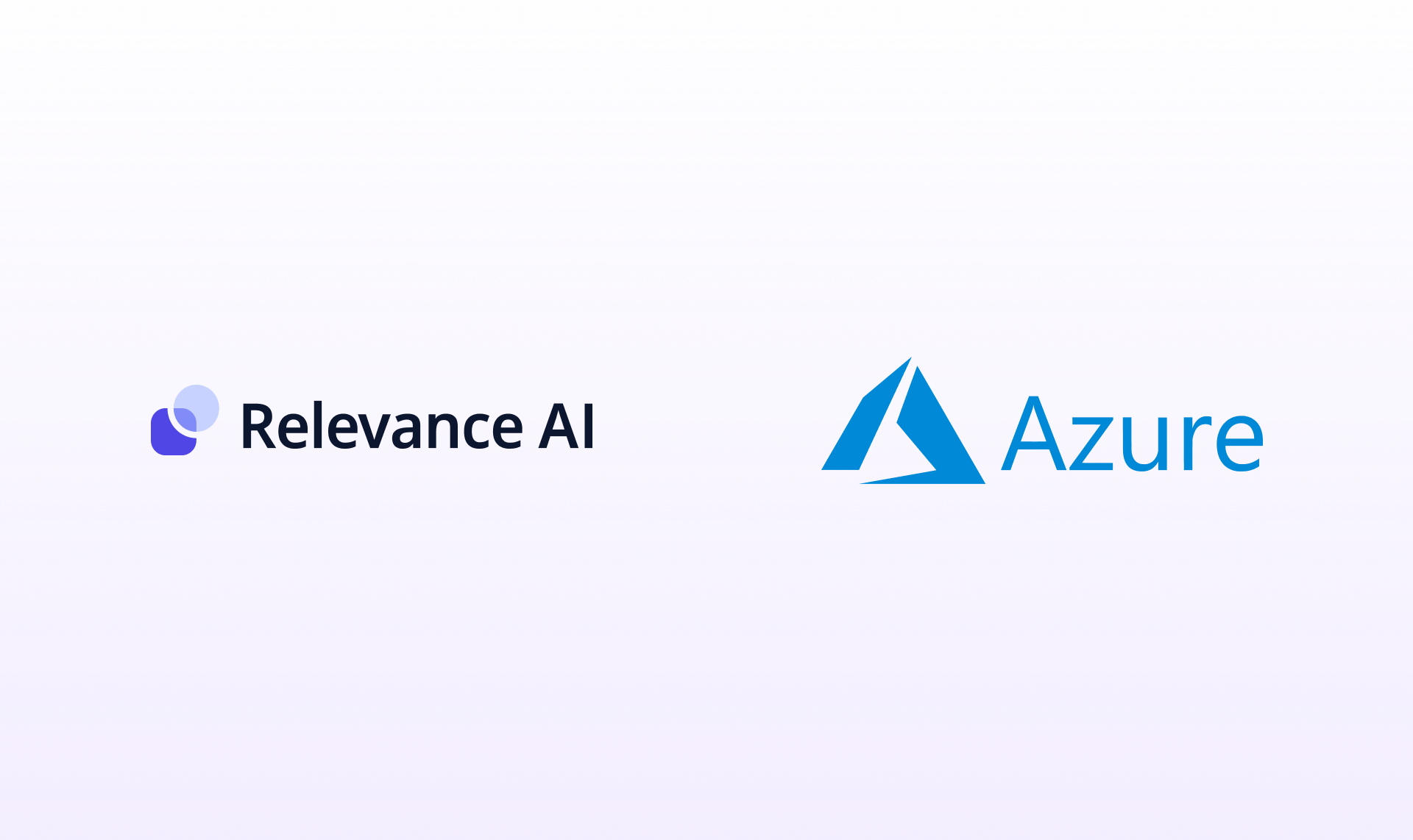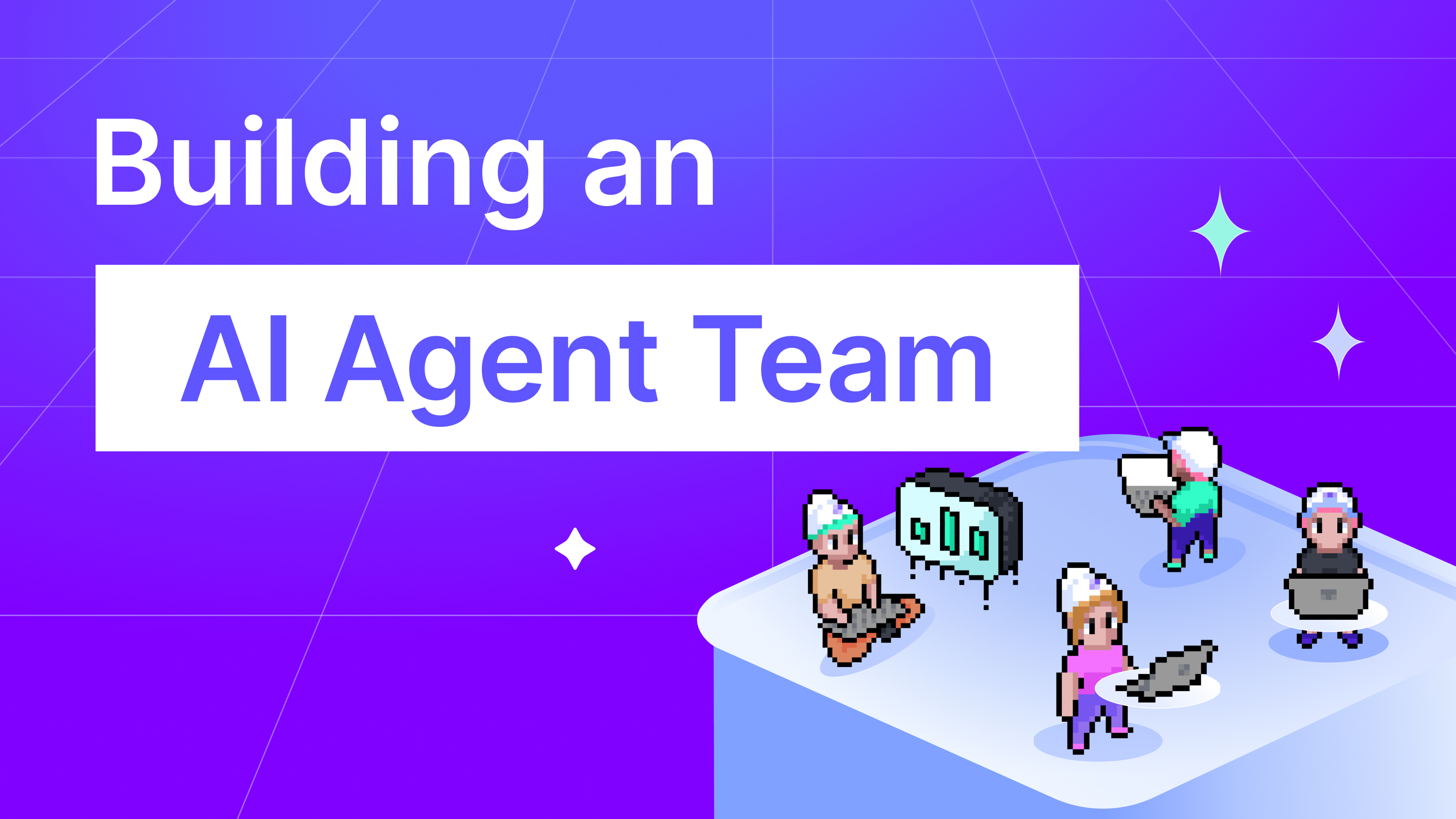
We are entering a new age of technology that will fundamentally transform how humans live and work. Automation and artificial intelligence (AI) are advancing at an incredible pace and promise to reshape industries and societies over the coming decades. This article explores the current state and future trajectory of these technologies, their potential benefits as well as risks, and how individuals and organizations can best prepare for the automation age.
The Rise of Automation
Automation refers to machines and technology performing tasks previously done by humans. This ranges from basic mechanical automation used in manufacturing for centuries to today’s advanced software algorithms that can replicate human decision making.
Automation is already ubiquitous across industries:
- Over 80% of today’s financial transactions are conducted electronically without human intervention.
- Supply chains and logistics are becoming highly automated using predictive data analytics, route optimization algorithms and autonomous vehicles.
- Customer service and marketing functions are being augmented or replaced by chatbots and virtual assistants.
- Robotic process automation (RPA) can replicate repetitive, rules-based digital tasks in areas like IT, accounting and HR.
Driving this automation revolution are advances in robotics, the Internet of Things (IoT), 5G connectivity and artificial intelligence. As these technologies continue improving in capability and declining in cost, virtually any routine task with digital inputs and outputs could be automated using the right software bots and machine learning algorithms.
Consulting firm McKinsey estimates that about half of today's work activities globally have the potential to be automated by adapting currently available technologies. This amounts to almost $15 trillion in wages. Another study found that at least 30% of activities in 60% of all occupations could be automated. Clearly, automation's impact across industries and job functions in the coming decade will be significant.
The Promise and Perils of AI
Artificial intelligence allows computer systems to perform tasks normally requiring human cognition and decision making - understanding language, recognizing images, making predictions. AI has seen explosive growth recently due to a combination of factors:
- Availability of massive datasets and computing power through cloud platforms
- Progress in machine learning algorithms, especially deep neural networks
- Growth of open source AI software libraries like TensorFlow and PyTorch
AI is powering many automation applications today. Chatbots leverage natural language processing to understand customer questions. Computer vision enables self-driving vehicles and drone-based deliveries. AI underpins product and movie recommendations, as well as social media feeds. It is also making strides in more complex domains like medical diagnosis, legal contract analysis and predicting machine failures.
According to a McKinsey survey, 50% of companies have embedded at least one AI capability in their business processes. Adoption is highest in IT, operations, product development and service operations. AI spending across industries could reach $6 trillion annually by 2030.
However, AI does come with risks and challenges:
- Potential job losses from automation and impact on incomes
- Lack of transparency in algorithmic decision making
- Perpetuation and amplification of societal biases
- Cybersecurity vulnerabilities from increasing reliance on AI systems
These risks necessitate thoughtful governance of AI's development and application for public good.
Preparing for the Automation Age
The automation and AI revolution will bring about profound changes in coming years to how humans work and organize economic activity. Entire occupations may be eliminated while new ones emerge; the skills and capabilities valued in the job market will drastically evolve.
Organizations that wish to thrive in this landscape must take proactive steps today:
Assess automation and AI opportunities
- Identify high-impact automation use cases through process analysis and benchmarking
- Build an enterprise-wide view of automation potential across operations
- Define a multi-year roadmap aligned to business strategy
Stand up automation capabilities
- Establish Centers of Excellence with multi-disciplinary talent
- Institute governance for accountability, ethics and risk management
- Implement platforms and tools for rapid scaling
Transform workforce and operations
- Reskill employees through upskilling programs, job rotations and external hiring
- Redesign processes, KPIs and policies to unlock value from automation
- Change management to smooth adoption across the organization
Continuously innovate
- Expand automation and AI to new parts of the business
- Experiment with cutting edge technologies through research partnerships
- Maintain technology flexibility to leverage future innovations
Individuals too need to take charge of their career in the automation age by:
- Understanding the automation potential of one’s job activities
- Proactively identifying skills needed for future roles
- Pursuing training in digital skills like data analytics, process excellence and user experience
- Maintaining creativity, critical thinking and human judgment that AI cannot replicate
By taking concerted action today, progressive organizations and individuals can thrive in the automation age that is fast emerging - one that promises to boost productivity, improve quality of services and create opportunities for more meaningful work.
The State of Automation Technology
Having outlined the promise and challenges of automation and AI at a broad level, let us delve deeper into the technological landscape today. What are some of the most impactful technologies driving automation, where are they successfully applied, and what breakthroughs can we expect in the near future?
Robotic Process Automation
Robotic process automation (RPA) refers to software programs that can replicate the actions of human workers on digital systems to perform routine, rules-based tasks. For example, an RPA bot can log into multiple enterprise applications, move files and folders, copy-paste data between systems, fill out forms or scrape data from documents and websites.
RPA provides fast ROI through automating manual workflows without need for underlying systems change. It works by creating a virtual user interface on top of existing software. RPA adoption has rapidly grown with annual spending expected to reach $13 billion by 2030.
Here are some examples of successful RPA implementation:
- Banking: Automating new account opening, loan processing, credit card disputes handling
- Insurance: Claims processing, underwriting support, customer and agent onboarding
- Healthcare: Patient scheduling, medical coding, bill reconciliation
- Telecom: SIM activation, contract management, invoice processing
RPA delivers efficiency gains upwards of 50-70% by eliminating human effort on repetitive tasks. This lets companies reassign talent to higher judgement activities and customer interactions. It also improves quality by reducing manual errors.
As RPA tools incorporate more AI and analytics, they are becoming smarter at handling unstructured data like emails and texts. Advances like computer vision, OCR and NLP allow bots to extract insights from documents. The next wave of intelligent RPA promises to expand automation to more complex business processes.
Conversational AI and Chatbots
Another area seeing rapid innovation is conversational AI that allows natural language interactions between humans and machines. Chatbots and virtual assistants use NLP to understand free-form customer queries and respond through text or voice.
Chatbots are deployed across industries to automate customer service and front-office functions:
- Retail: Personal shopping assistants, order status updates
- Banking: Funds transfers, loan eligibility assessment
- Healthcare: Symptom checking, insurance coverage, appointment booking
- Travel: Flight bookings, hotel search, trip planning recommendations
Chatbots create value through improving customer experience and reducing human support costs. They can handle routine requests 24/7 without wait times to speak to agents. Over 85% of customer interactions do not require human nuance and can be fully automated by smart chatbots. This lets companies reassign human agents to complex issues and relationship building.
Virtual assistants like Alexa, Siri and Google Assistant have become ubiquitous in homes for automation of mundane tasks – controlling appliances, playing music, looking up information. Similar assistants are now entering workplaces to help employees be more productive by scheduling meetings, compiling reports and answering business queries.
As conversational AI leverages more data and deep learning, chatbots are becoming better at understanding context and user intent. With enhancements in dialogue management and emotion detection, interactions are becoming more natural and human-like.
Computer Vision and Video Analytics
Computer vision is a rapidly evolving field within AI that deals with how computers process, analyze and understand digital images and videos. It encompasses a range of techniques from image classification and object recognition to video tracking and gesture control.
Computer vision being applied to automate tasks include:
- Manufacturing: Automated visual inspection for defects and anomalies
- Retail: Cashier-less stores powered by camera sensors and computer vision
- Insurance: Automated claims assessment for motor, property and health
- Healthcare: Medical image analysis for improved diagnosis
Computer vision is also enabling emerging applications like autonomous vehicles, AR/VR experiences and drone-based deliveries. As cameras and sensors become ubiquitous and techniques like deep learning advance, expect computer vision to become integral for automation across industries.
Process Mining and Task Mining
While the above technologies focus on automation of specific tasks, companies also need a holistic view of processes to identify automation opportunities. This is where process mining and task mining come in.
Process mining utilizes event log data from enterprise systems to provide insights like process bottlenecks, deviations and automation potential. Task mining specifically looks at how employees interact with systems – their actions, applications used and data accessed.
Advanced analytics helps build a digital twin of processes execution. Companies use these insights to redesign processes, track automation impact and continuously improve.
With vast troves of digital data becoming available, expect mining techniques to become integral to how organizations track, optimize and automate processes.
Natural Language Generation
An emerging field that promises to transform business productivity is natural language generation (NLG). This allows computers to automatically create written narratives from structured data rather than just extracting insights.
Use cases include:
- Automated report writing from business analytics dashboards
- Personalized marketing content tailored to customer data
- Custom summaries of legal contracts based on metadata
- Contextual insights from medical reports for personalized treatment
By instantly turning data into written words, NLG can eliminate tedious manual reporting tasks. It also helps democratize data access in organizations without need for technical skills.
As algorithms get better at mimicking human writing styles across different domains, expect exponential growth in written content automation.
Risks and Challenges of Automation
Thus far we have discussed the incredible promise of automation, AI and complementary technologies to transform productivity and user experiences across sectors. However, as adoption accelerates, societies will also have to grapple with some complex challenges.
Economic impacts: Automation changes the distribution of income - benefiting owners of technology while commoditizing human labor. As entire occupations get disrupted and workforces shrink, structural unemployment could rise. These impacts need smart policy making on job creation, taxation and social security.
Ethical risks: Collection of data and application of opaque algorithms can amplify societal biases, breach privacy and manipulate behaviors at scale. Governments are instituting policies like “right to explanation” and human-in-the-loop requirements for AI systems. But more open and responsible innovation is imperative.
Cyber threats: Increased reliance on automation and AI exacerbates cybersecurity risks - from hacking of IoT networks running critical infrastructure to adversarial attacks tricking machine learning models. Companies need to prioritize resilience alongside efficiency gains.
Lack of accountability: Delegating consequential decisions around loans, insurance claims, parole terms, university admissions etc. to black box algorithms leads to a transparency and accountability vacuum. This underscores the need for governance of AI across public and private sector.
Geopolitical tensions: AI and automation are becoming seen as strategic technologies tied to economic and military power. International cooperation is needed to prevent destabilizing arms races and fragmentation.
Harnessing the full potential of these technologies while addressing the above real challenges requires multi-stakeholder partnerships between policy makers, business leaders technologists and society at large.
The Path Ahead
We are still in the early stages of the automation and AI revolution. Much work remains to improve the robustness, trust and societal acceptance of these technologies. And reaping productivity gains needs reimagining processes, policies and skill sets across enterprises.
But the possibilities are endless. Building on current capabilities, we can expect AI assistants and bots becoming ubiquitous across workplaces by the mid 2020s. Process automation will likely expand from rules-based clerical tasks to those requiring some judgment. Computer vision and VR may transform retail, workspaces and industrial environments. Autonomous transportation could disrupt logistics and geo-politics.
By 2030s, the promise of artificial general intelligence able to replicate most human capabilities could materialize. Or we may achieve human-AI symbiosis by then - working alongside specialized AI agents integrated into collaborative networks and virtual environments.
Either way, automation and AI will be key drivers shaping the 21st century much as steam engines, electricity and mass production transformed prior eras. The decisions made today by policy makers, business leaders and societies will determine whether we head towards broadly shared prosperity or rising inequality in this new age.
Conclusion
Automation and artificial intelligence are unleashing a new era that will fundamentally reshape how humans live and work over the coming decades. These technologies hold incredible promise to transform productivity, improve quality of services and create opportunities for more meaningful work. However, we also need transparent governance and responsible innovation to address very real ethical, security and labor market risks.
Organizations that take proactive steps to assess process automation opportunities, stand up new capabilities, reskill workforces and redesign operations will be best positioned to thrive. Similarly individuals need to upgrade their skills and augment capabilities to stay relevant.
With prudent planning and savvy execution, the automation age presents a chance for another productivity revolution that lifts prosperity. The decisions we make today will determine if technologies serve to benefit society as a whole or further concentrate economic gains. By combining digital capabilities with human creativity, judgment and empathy, we can build an economy that is both productive and inclusive









